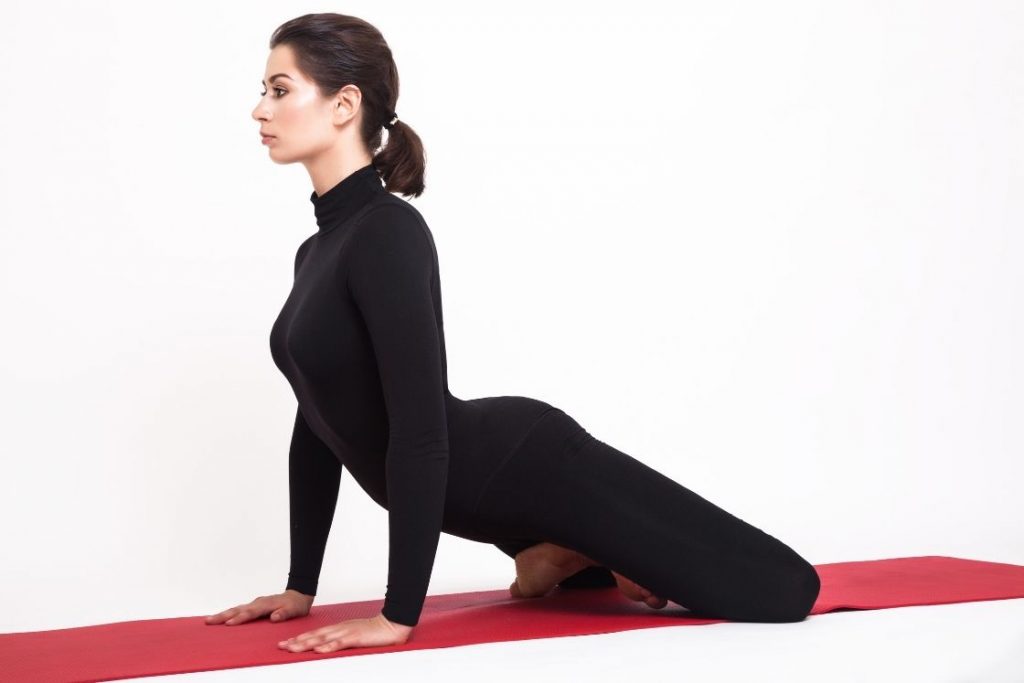
Simhasana is a basic seated yogic posture. It is popularly known by its English name, lion pose. It is a unique beginner-level asana. It requires the practitioner to make a sound like a lion while holding the pose.
It targets stretching and strengthening the muscles of the spine, wrists, quadriceps, and knees.
Simhasana provides soothing effects to eyes, ears, nose, throat, and mouth. It is beneficial in reducing frustration and emotional stress. This asana helps in delaying aging.
Meaning and Interpretation
Simhasana is its Sanskrit name having two root terms, ‘Simha’ means ‘lion’, and ‘asana’ is ‘pose.’ The asana also requires the practitioner to create a roaring sound.
It is performed with sitting on the knees and palms. It requires the practitioner to open the mouth and stick the tongue out. With a deep exhalation, the roaring sound is generated by the yogi.
The final posture along with the sound resembles a roaring lion, hence the name. It is a powerful asana to improve speech defects like stuttering and develops a clear voice. It also helps in reducing stress and frustration.
Simhasana Practice Guide
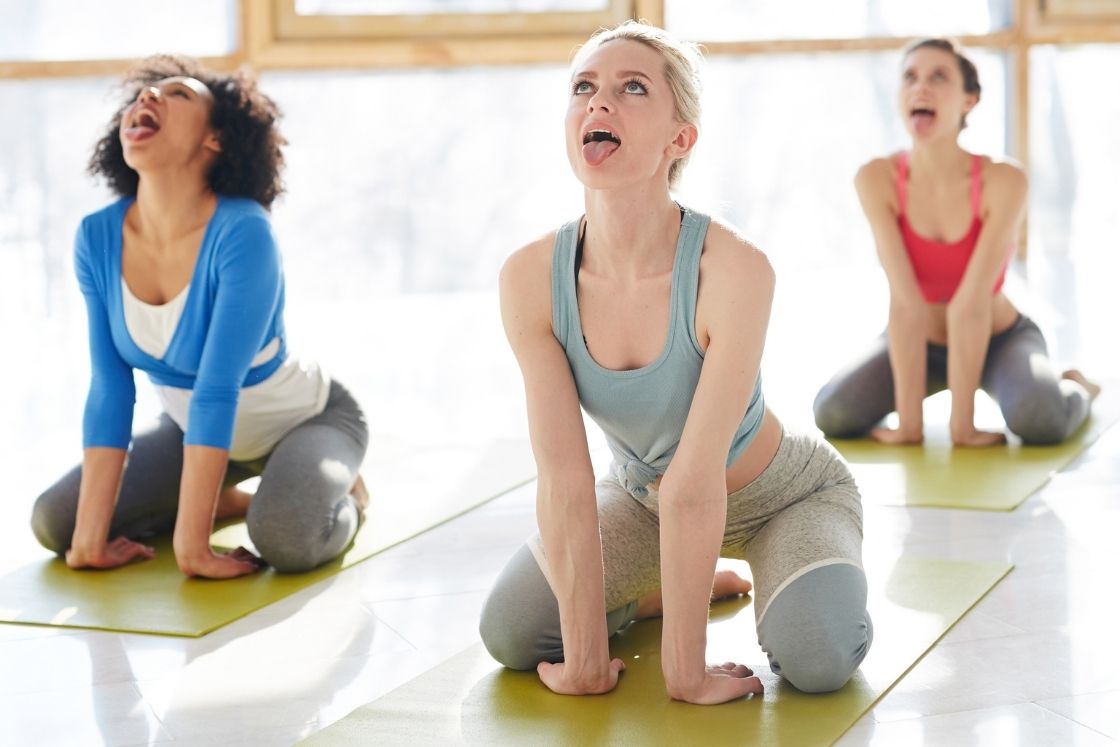
Precautions & Contraindications
- If you have weak wrists then perform simhasana asana sitting in vajrasana, don’t put your hands on the floor.
- Do not practice this asana for more than three minutes.
- Never practice simhasana with a broken or injured knee or ankle.
- Avoid performing this asana with an injury in the face, neck, or tongue.
Preparatory poses
How to Do Simhasana (Steps)
- Begin with sitting in Vajrasana.
- Spread your knees wide apart keeping the toes of both feet touching each other.
- Bring your palms to the floor between your knees.
- Turn your fingertips towards you bringing the wrist outward.
- Maintaining the integrity of the spine keep your chest open.
- Shift the body weight on the wrists draw your head backward.
- Close your eyes and stay there to get comfortable.
- Open your eyes and set your gaze on the eyebrows center.
- Inhale slowly and deeply, then bring your tongue out towards your chin as you exhale.
- Produce a sound of “aah” from your throat as you exhale.
- Close the mouth further as you exhale.
- Repeat the breathing procedure with the sound 3-5 times.
- To release lift your palms off the floor and bring your knees together.
- Keep your hand on your knees and relax in vajrasana.
Beginner’s tips
- While attaining the pose spread the shoulder blades as you across the back, as you press your arms to the floor. This will open the chest and help in lifting the heart.
- Try its variation by sitting on poses like sukhasana or vajrasana whichever is comfortable to you.
Follow-up poses
- Camel pose (Ustrasana)
- Child pose (Balasana)
- Half circle pose (Ardha Mandalasana)
Modifications & Props
- Yoga block – If you find difficulty in sitting the pose. Place a block underneath your hips and sit simply in vajrasana to perform simhasana.
- Chair – If it is difficult for you to perform this pose on the floor, practicing it on the chair is recommended.
Variations
- Simhasana can be performed sitting in padmasana.
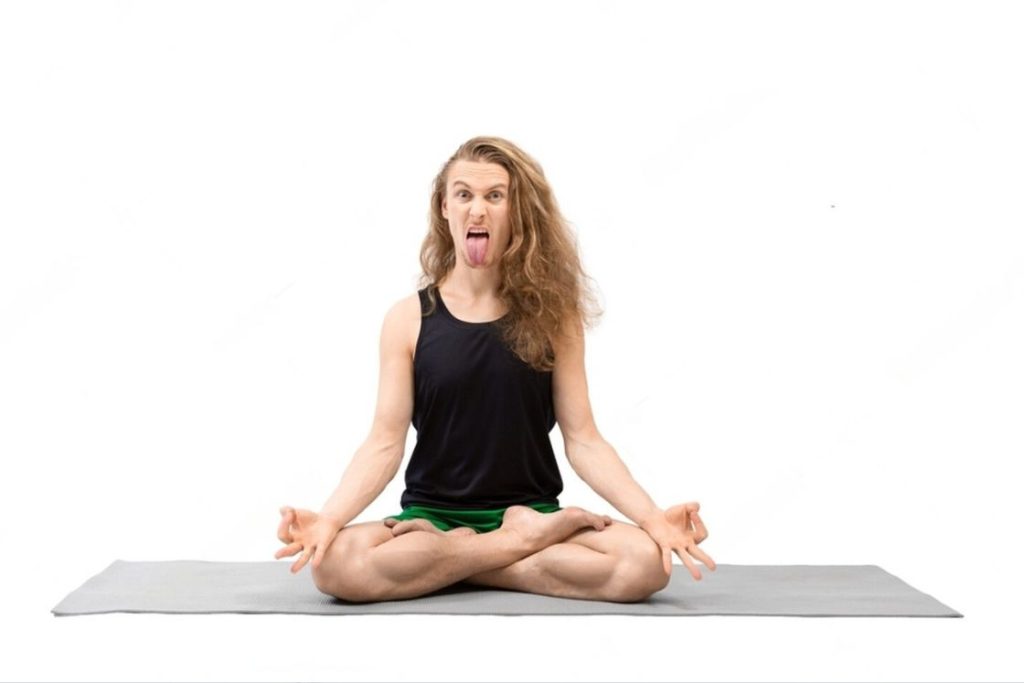
- Lion Pose Hands Under Legs – You can also bring variation to simhasana by placing your hands under your legs rather than keeping them in between knees.
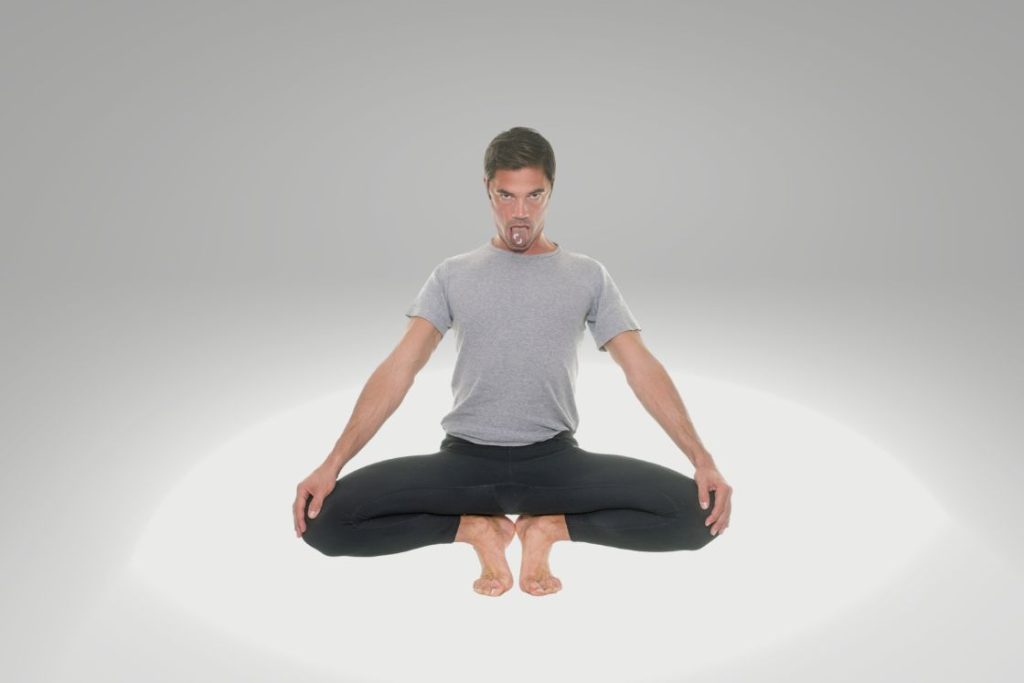
- Another variation is instead of being in vajrasana you can balance your body on your toes and placing the hands to the knees the further steps can be followed.
- Simhasana Variation II – Here, start with sitting in padmasana. Then transfer the bodyweight to the palms and start walking forward. Walk forward until you are standing on your knees and your palms rotated inward. Then, start inhaling and exhaling with your tongue out.
Simhasana Benefits
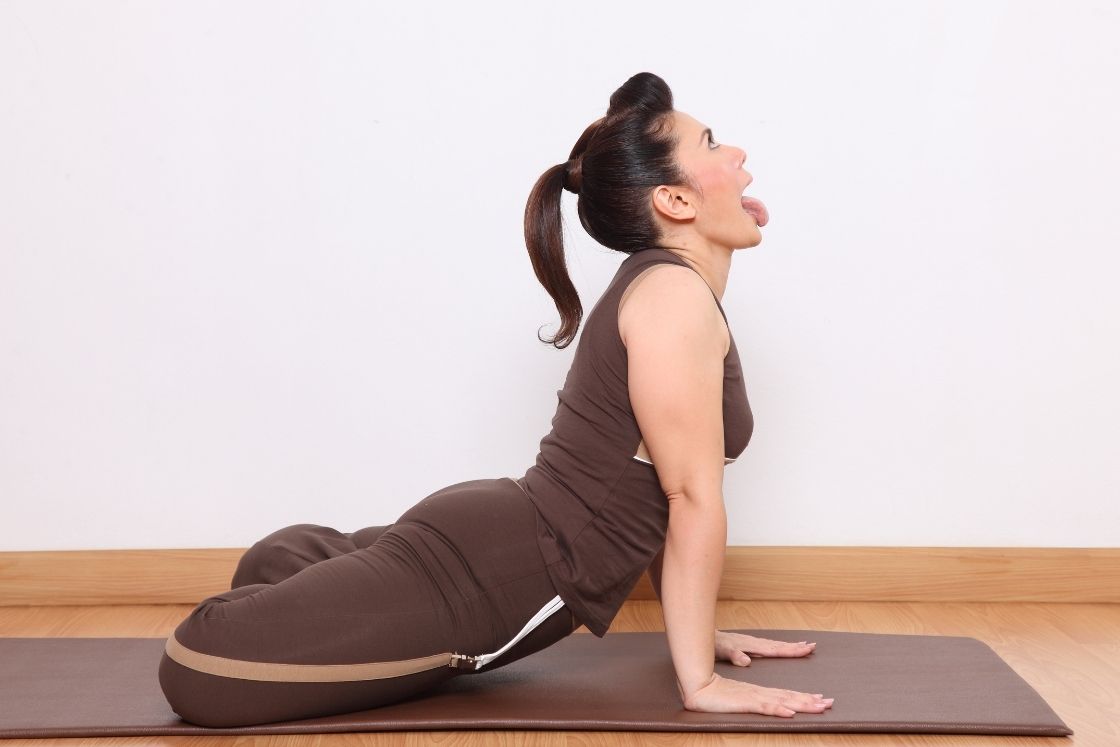
1. Calms the mind
Simhasana helps calm and soothe the mind. The roar involved with the exhalation helps in releasing negative thoughts and energy. This reduces emotional stress and frustration. It also improves mood swings and resilience power.
2. Delays the aging effects
It involves exercising the facial muscles. This is beneficial in removing wrinkles and tightens the facial skin. It improves the circulation of blood tot he faces providing it a rejuvenating effect.
There is a scientific study that proves that including simhasana into your routine helps in delaying the aging process.
3. Prevents bad breath
The asana benefits the respiratory tract. It prevents the respiratory tract from any infection. This eventually prevents the practitioner to get rid of bad breath.
4. Improves speech disorder
During the practice of Simhasana (Lion’s Pose), the tongue, throat, and vocal cords are actively engaged, which can be beneficial in treating speech disorders such as stuttering, stammering, and lisping. This yoga pose also aids in developing a clear and well-toned voice.
5. Soothing effects to the eyes
Holding the final position involves fixing the gaze to a point. This helps in relieving burning sensation in the eyes and reducing eye strain.
6. Improves digestion
The breathing involved in the pose contracts and releases the abdominal muscles. This stimulates the functioning of the digestive system.
7. Activates the energetic locks
Simhasana helps keep the practitioner away from disease as it stimulates three major energetic locks of the body aka Bandhas in yoga. It includes Mula (root lock), Jalandhara (throat lock), and Uddiyana (abdominal lock) Bandhas.
Precautions:
As with any yoga pose, it is important to practice Simhasana with awareness and respect for your body’s limits. If you have neck or throat injuries, practice the pose gently or consult a yoga instructor for modifications. Pregnant women and individuals with high blood pressure should avoid practicing the roaring breath, substituting it with a silent exhalation.

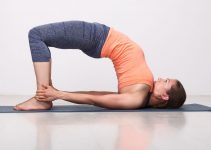



Good information sir tq